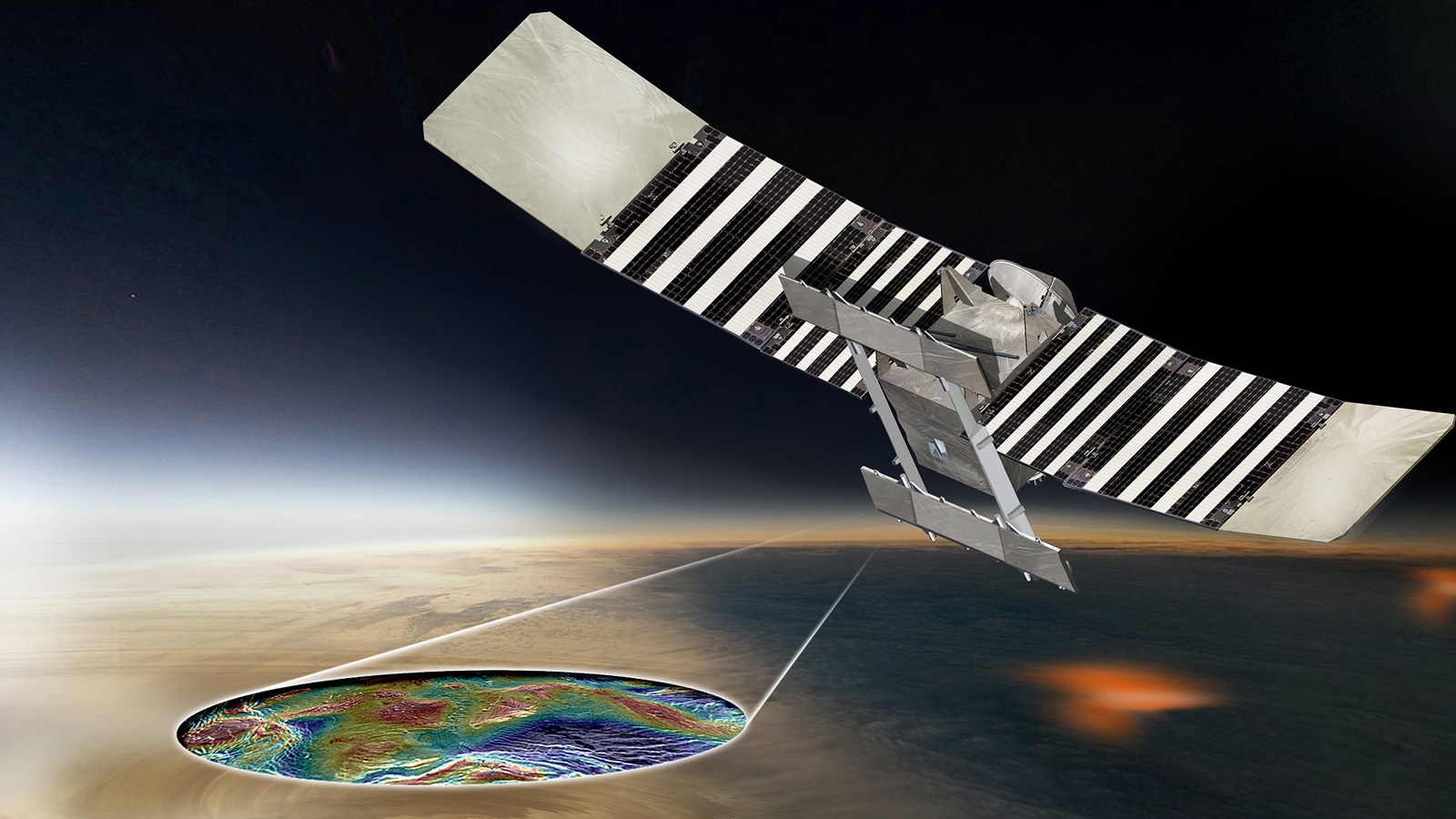Venus has always been a bit of the odd stepchild in the solar system. It’s similarities to Earth are uncanny: roughly the same size, mass, and distance from the sun. But the development paths the two planets ended up taking were very different, with one being the birthplace of all life as we know it, and the other becoming a cloud-covered, highly pressurized version of hell. That cloud cover, which is partially made up of sulfuric acid, has also given the planet an air of mystery. So much so that astronomers in the early 20th century speculated that there could be dinosaurs roaming about on the surface.
Some of that mystery will melt away if a team from NASA’s Jet Propulsion Laboratory gets a chance to launch their newest idea for a mission to the planet, the Venus Emissivity, Radio Science, InSAR, Topograph, and Spectroscopy (or VERITAS) mission.
VERITAS, which means “truth” in Latin, will seek to understand several truths about Venus. To do this it will rely, like all NASA missions on the instruments that make up its scientific payload. Since VERITAS is planned as an orbiter rather than a lander, its instrumentation will focus primarily on remote sensing. It will house two primary instruments, the Venus Emissivity Mapper (VEM) and the Venus Interferometric Synthetic Aperture Radar (VISAR). VERITAS will also be able to do some additional science without even needing a stand-alone instrument. In a neat bit of engineering innovation, the telecommunication system that the satellite uses to send data back to Earth will also be used to map the strength of variations in Venus’ gravitational field.
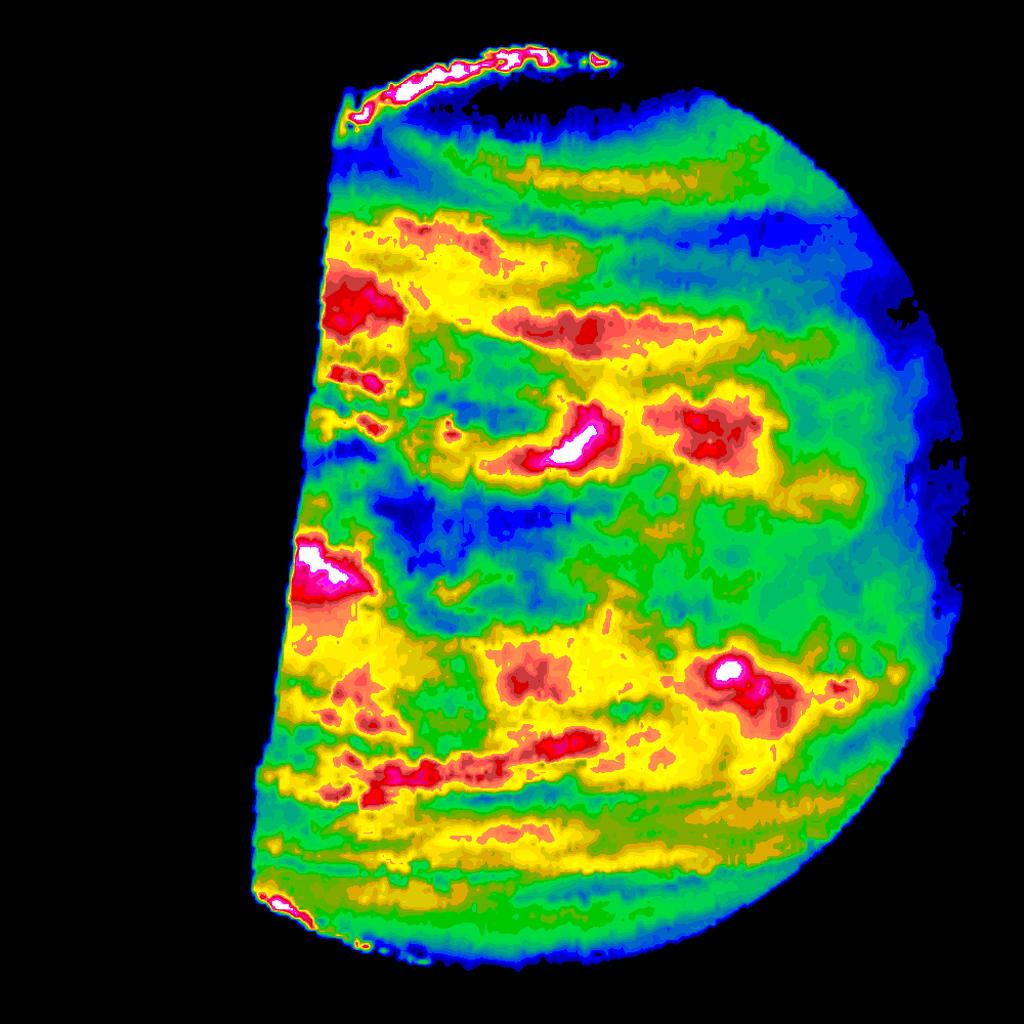
Gravitational fields are not the only variations VERITAS is interested in exploring however. Differences in the material composition of the surface is extremely interesting to planetary scientists trying to understand how Venus’ development diverged so greatly from Earth’s. However, in order to understand the material composition of the surface, VERITAS must be able to peer through the clouds that surround the planet.
Despite appearances in the visible light spectrum, the atmosphere surrounding Venus is actually transparent at wavelengths around 1 micron (in the middle of the infrared range). VEM is designed to capture light in this wavelength, and therefore will be able to peer straight through Venus’ cloud cover to the surface below.
VEM is the successor to several emissivity instruments that had previously flown on the Galileo mission and more recently the Venus Monitoring Camera (VMC) and the Visible and Infrared Thermal Imaging Spectrometer (VIRTIS) that flew on the VenusExpress mission in 2006.
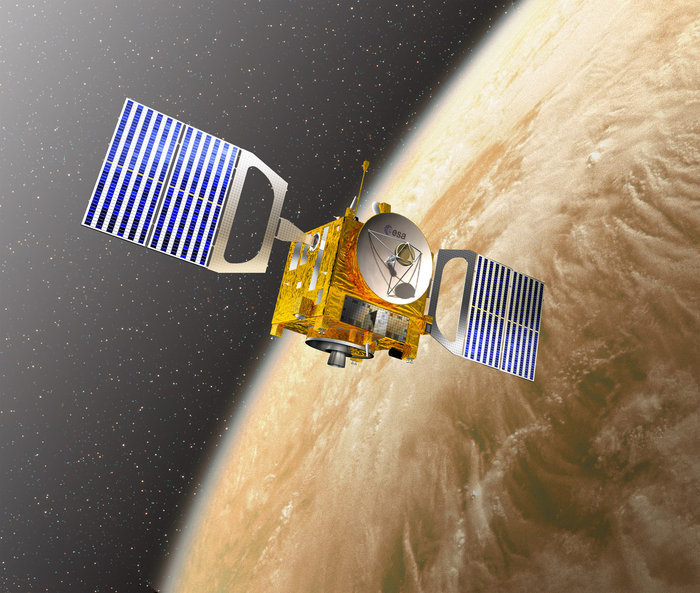
Despite VenusExpress’ success in peering through the clouds, scientists were unable to analyze spectral signatures of the material that make up Venus’ surface. Like almost everything else on the planet, those signatures are affected by Venus’ extraordinarily high surface temperature of 460 degree Celsius. The high temperatures skewed the spectroscopic signatures the mission scientists relied on to correctly identify the materials they were observing. Without measurements that adjust for the change to light from the extreme heat, the material spectroscopy data would be meaningless. To get around this problem, the team developing the VEM at the German Aerospace Center (DLR) used a technique common in extraterrestrial planet exploration: material analogs.
Analog modelling is a widely used technique in geology when access to the materials to be tested is either difficult or impossible. In the case of DLR’s experiments with the VEM they heated materials that were similar to what are expected to be found on Venus and recorded what spectrum they emitted at temperatures approximating those found on the planet’s surface. With that adjusted spectroscopy database, the missions’ science team will now be able to correctly interpret the materials they are observing when VEM begins collecting spectral data in orbit.

VEM won’t only be collecting data in the micron wavelength though. It also has some sensitivity in other bands more tuned to detect materials in Venus’ atmosphere. This is partially for calibration, but also to look for any potential water vapor near the planet’s surface that may have survived the extreme temperatures and constant solar radiation. This attempt to prove or disprove the mineralogical evidence water on Venus is one of VERITAS’ seven primary objectives.
Another of those objectives is understanding Venus’ tectonic activity, which is where VISAR truly shines. VISAR’s primary purpose is to act as a topography sensor, detailing the altitude of features on Venus’ surface. It is not the first instrument to do so, and will build it’s model of Venus’ topography on altitude data that was originally collected by the Magellan spacecraft in the early 1990s. While Magellan’s was the first such data ever collected, it was not detailed enough to answer the burning questions that planetary geologists have about the tectonics of Venus.
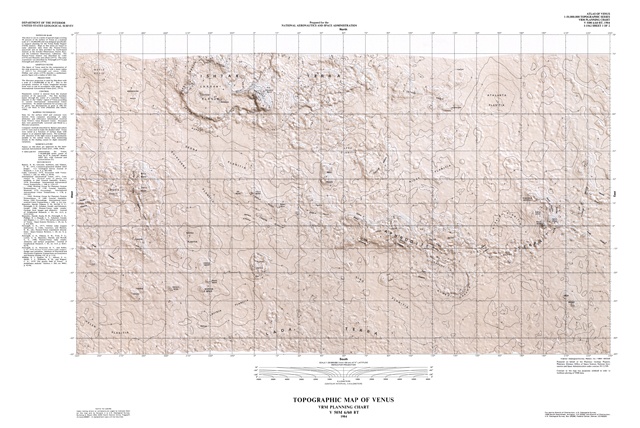
Those burning questions are of particular interest to Jennifer Whitten, a VERITAS team member and planetary scientist at Tulane University. She studies the formation of volcanism on other worlds, and states that “determining whether Venus is actively undergoing volcanic activity and understanding what process is driving it is one of the really exciting questions I’d love to see answered.”
Both VEM and VISAR would help Dr. Whitten and her colleagues determine if there are in fact any active volcanoes on the planet. VEM’s spectroscopic measurements will help to determine if there are any newly formed materials that were originally made out of magma, while VISAR’s radar data will help to determine whether there are any active fault lines on the planet. Active faults would provide strong evidence of tectonic activity, and therefore the likely presence of volcanoes.
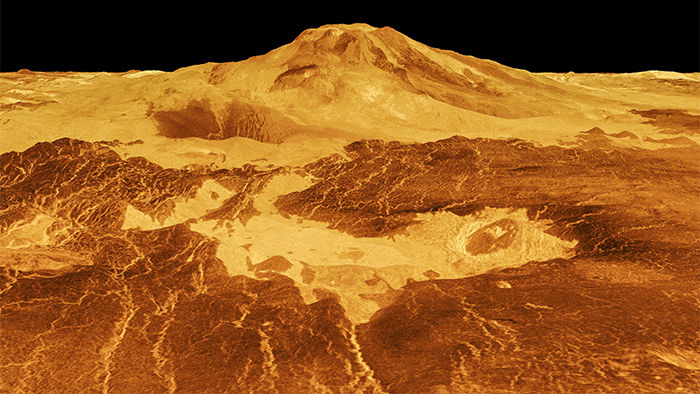
Building off of Magellan’s original dataset, VISAR will provide a much higher resolution of tectonic features. The scientific team is designing the instrumentation for a resolution of 5 m vertical by 250 m horizontal, and will provide the base data for the planet’s first active surface deformation map, with an expected accuracy of 1.5 cm vertically.
That high resolution data will lead to a new understanding of the plate tectonics that may be happening on Venus. Combining the tectonics data with the data on volcanism and material composition will allow scientists to paint a picture of how exactly Venus came to be the way that it is, and provide insights into what differences between the early formation of Venus and Earth resulted in such dramatic environments.
The veritas behind those differences will remain shrouded in Venus’ cloud cover unless VERITAS is selected as one of NASA’s next Discovery class missions. The selection process is expected to take place in April of 2021. If VERITAS is selected it will start peering through those Venus’ mysterious shroud when it launches in 2026.
Learn More:
NASA: Press release
Universe Today: Original VERITAS Article
JPL: Paper describing the mission

